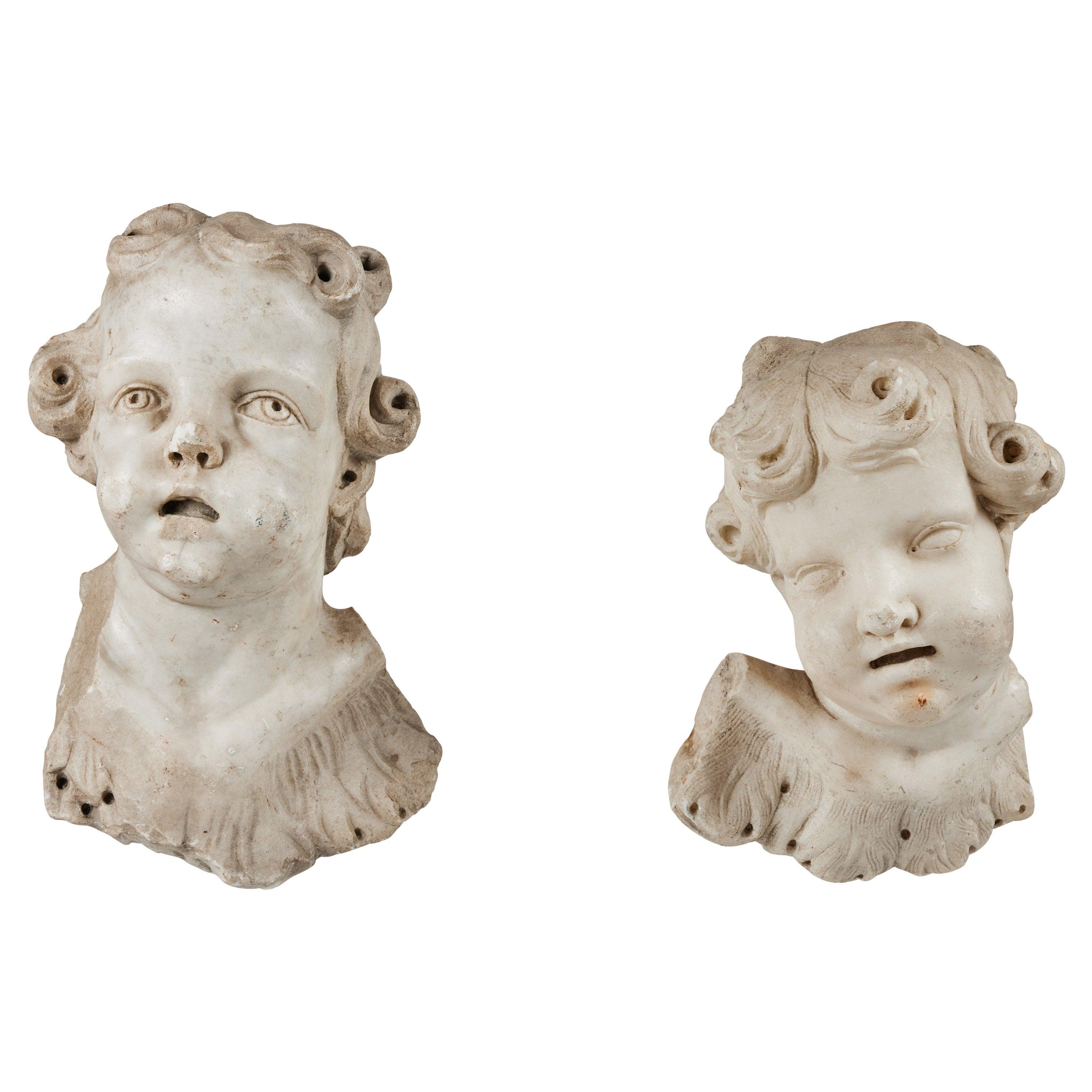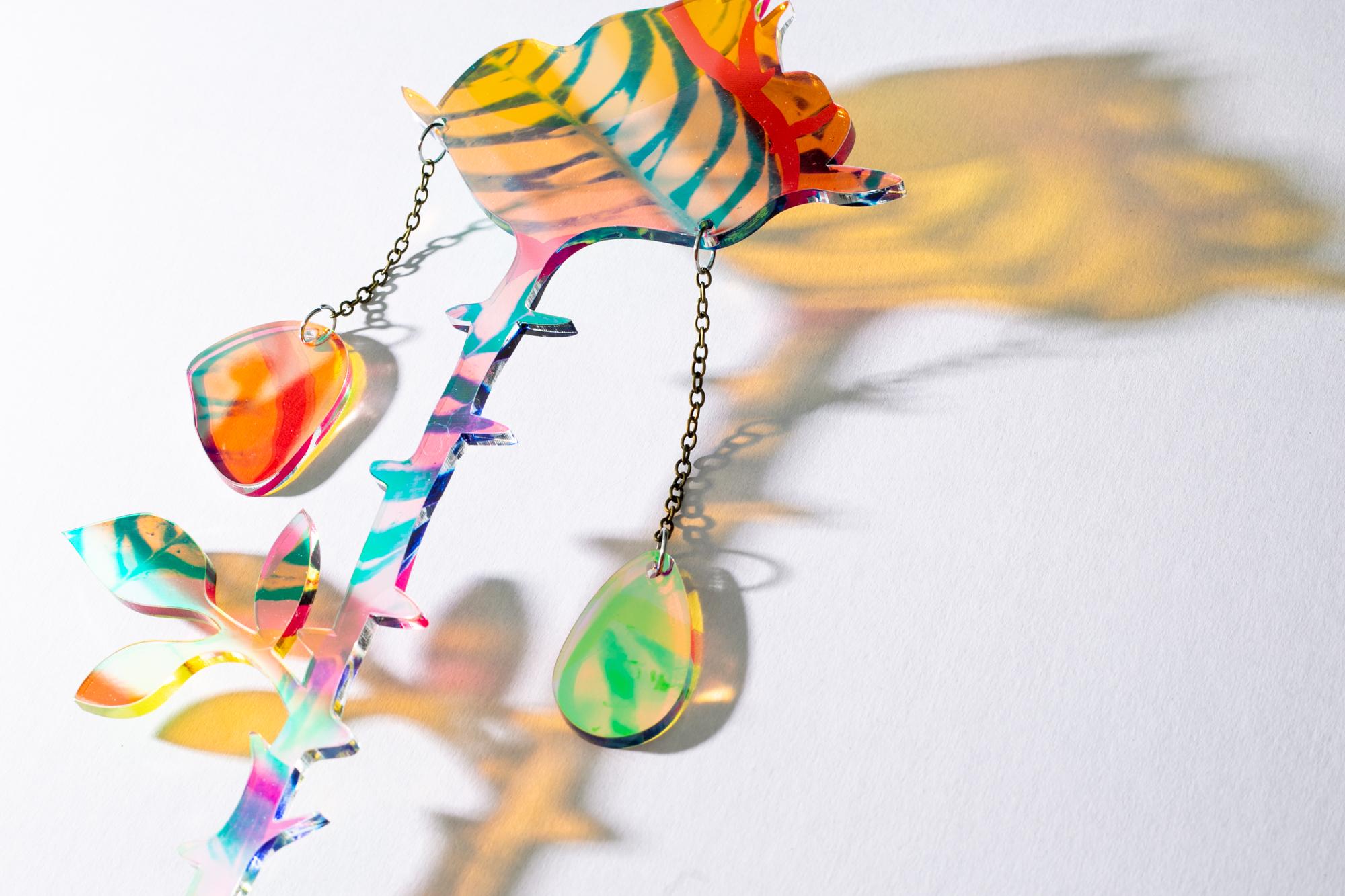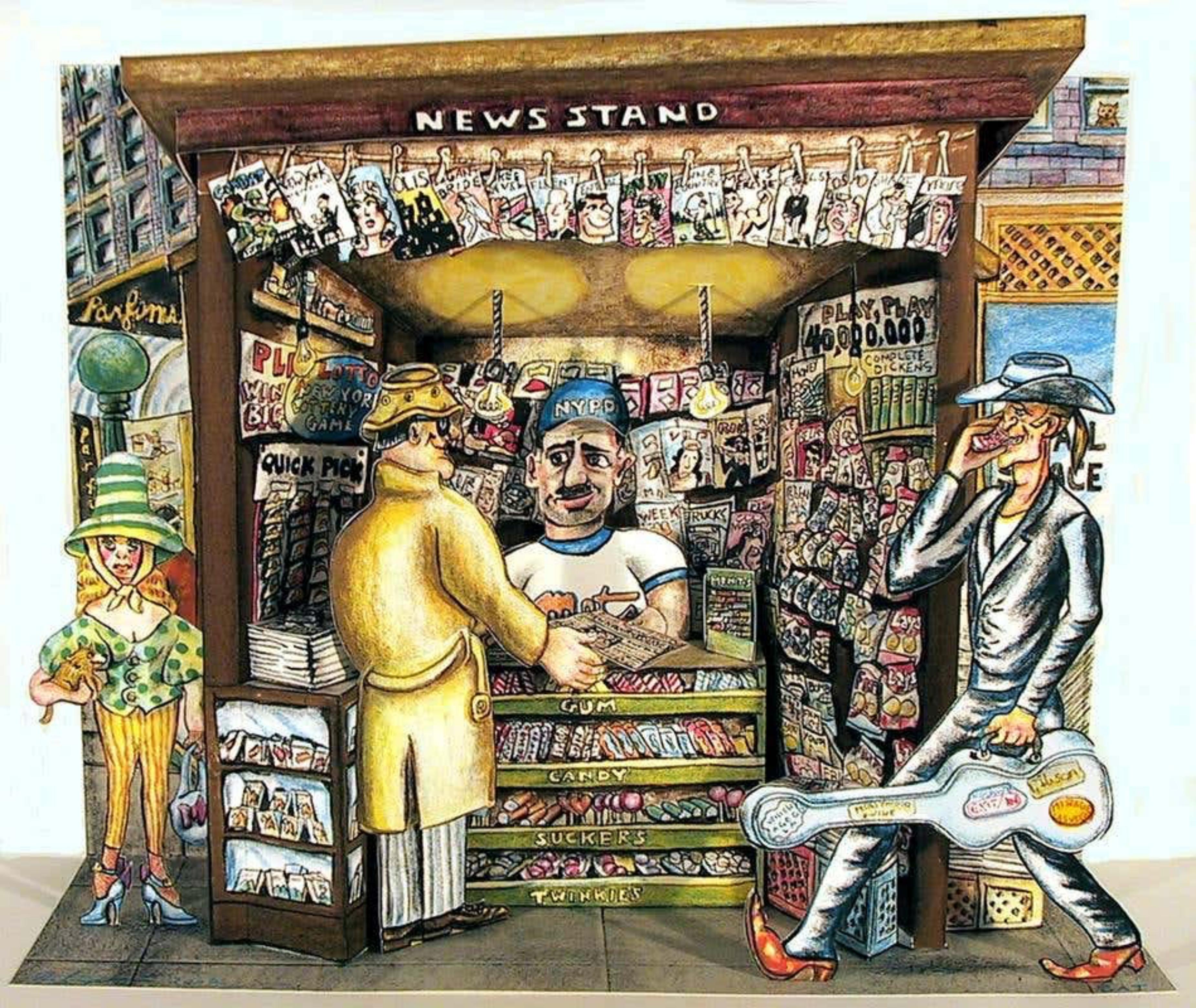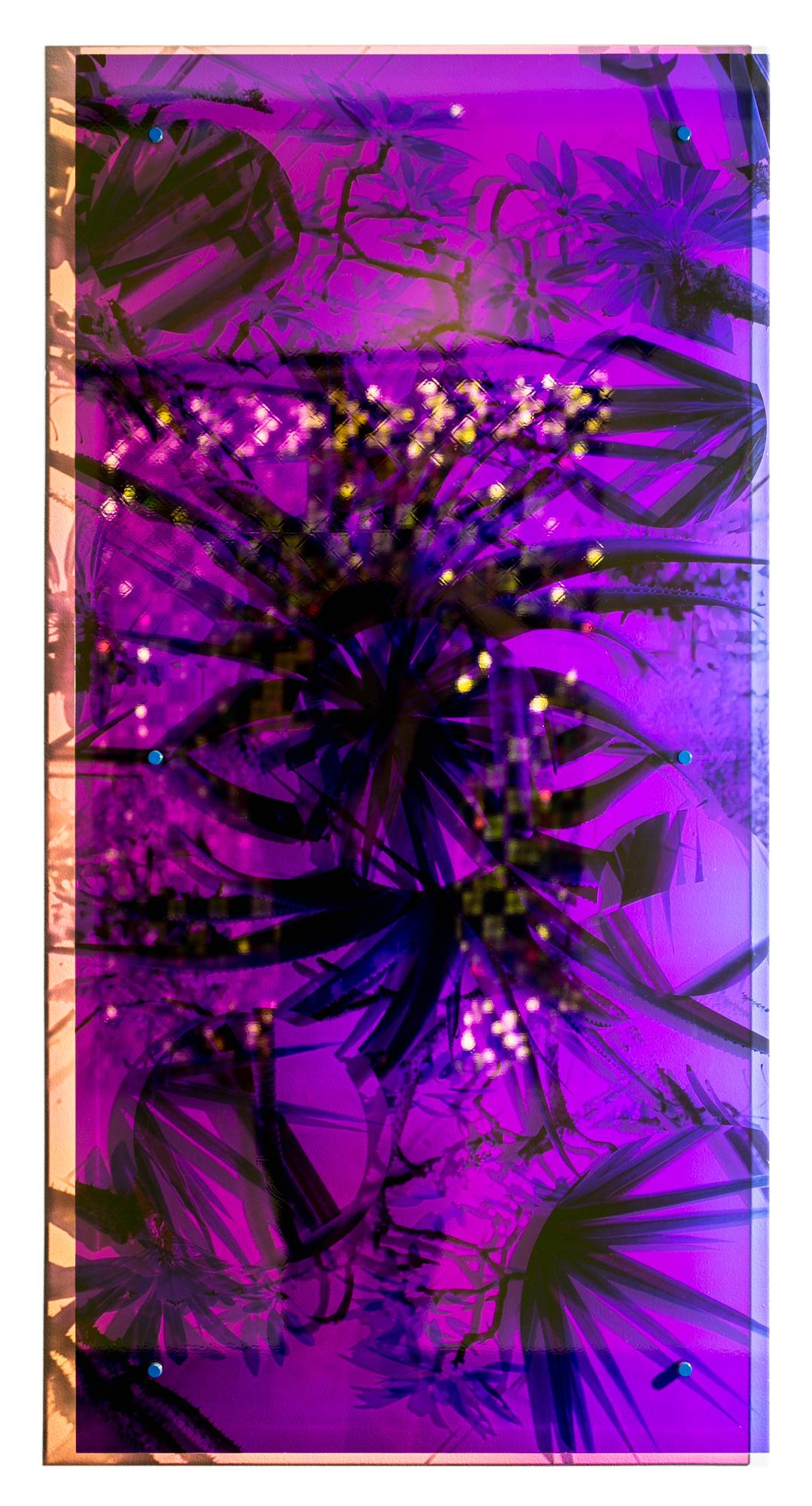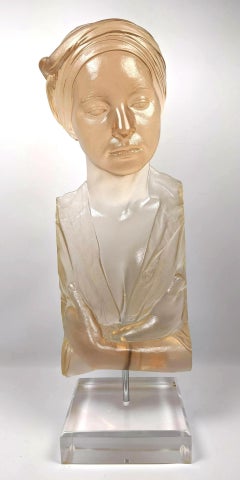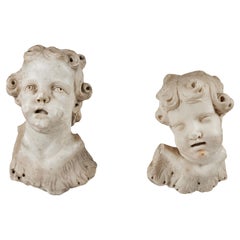Transformation
View Similar Items
1 of 1
Tuan NguyenTransformation
About the Item
- Creator:Tuan Nguyen (1963, American, Vietnamese)
- Dimensions:Height: 24 in (60.96 cm)Width: 16 in (40.64 cm)Depth: 9 in (22.86 cm)
- More Editions & Sizes:Edition of 125
- Medium:
- Period:
- Condition:
- Gallery Location:Laguna Beach, CA
- Reference Number:1stDibs: LU3863928453
You May Also Like
- Marc Sijan Hyper Realist Contemporary Cast Acrylic Resin Sculpture Portrait BustBy Marc SijanLocated in Surfside, FLA cast acrylic sculpture titled Chin Up by American artist Marc Sijan. This sculpture is made from acrylic and portrays the upper torso of a clothed woman wearing a bandana over her free-flowing hair. Her eyes are closed and her head is tilted up as if in bliss. The sculpture is mounted on a metal rod, on a Lucite block Marc Sijan, Serbian American artist and sculptor born 1946. Known for his hyper-realistic portrait sculpture. He received his Bachelor's degree in art education from the University of Wisconsin in 1968, then went on to complete a Master of Science in Art degree three years later in 1971, undertaking an intense study of anatomy and biology. He lives and works in Milwaukee, USA. Sijan works within the tradition of figurative sculpture, but uses a modern approach. His meticulous creative process begins with the construction of a plaster mould from a live model. He then uses a magnifying glass to sculpt the interior of the mould in order to assure that each detail is super realistic and accurate, before casting the figure in resin. Realistic flesh tones are then achieved with multiple layers of oil paint and varnish, a process that takes around six months to complete. His sculptures are so life-like as to almost be on the verge of movement. He mostly depicts people that are often overlooked by our society such as blue collared workers or cleaning staff, turning the ordinary into extraordinary works of art. Sijan, a Milwaukee-based artist, carries on the tradition of a very old form, but his approach is very modern. His realism recalls the work of the Greek sculptors in its bold expression of human energy and poise. Sijan's method is distinct and exacting. First, he works from live models, to produce a negative mold in plaster, and sculpts the interior with special tools and a magnifying glass to assure accurate detail. Then, he casts the figure in a polyester resin. To achieve realistic flesh tones, Sijan applies 25 coats of paint --- and adds varnish. Sijan uses oil painting in the final stages of the work. "The goal is to achieve depth, yet translucency," he says. "It can't be flat. The chest and throat texture is different from that of the arms, legs and stomach. Facial skin differs from that on the torso." Hyperrealism is a genre of painting and sculpture resembling a high-resolution photograph. Hyperrealism is considered an advancement of Photorealism by the methods used to create the resulting paintings or sculptures. Belgian art dealer Isy Brachot coined the French word Hyperréalisme, meaning Hyperrealism, as the title of a major exhibition and catalogue at his gallery in Brussels in 1973. The exhibition was dominated by such American Photorealists as Ralph Goings, Chuck Close, Don Eddy, Robert Bechtle and Richard McLean; but it included such influential European artists as Domenico Gnoli, Gerhard Richter, Konrad Klapheck, Gottfried Helnwein and Roland Delcol. Since then, Hyperrealisme has been used by European artists and dealers to apply to painters influenced by the Photorealists. It is also called super-realism or hyper-realism and painters like Richard Estes, Denis Peterson, Audrey Flack, and Chuck Close often worked from photographic stills to create paintings that appeared to be photographs.His creations have been featured in galleries, museums and special exhibits all over the world such as the Smithsonian Museum of Modern Art in Washington, D.C, the San Francisco Museum of Modern Art, the Philadelphia Museum of Modern Art, the Milwaukee Art Museum, the Delaware Art Museum, The Butler Institute of American Art And many more. Bruce Helander, the White House Fellow of the National Endowment for the Arts: “Hyperrealism came into vogue in the 1970s with the works of Duane Hanson and Carole Feuerman, whose recreations of everyday people were in a class of their own. Artist John De Andrea...Category
20th Century Photorealist Figurative Sculptures
MaterialsResin, Lucite, Acrylic Polymer
- 18th Century, Marble CherubsLocated in Newport Beach, CAA pair of rare, early 1700’s, Roman, beautifully hand–carved, solid Carrara marble cherubim singing in adoration. Each with feather embellished robe fragments. Both mounted on custo...Category
18th Century Figurative Sculptures
MaterialsMarble
- Ancient, Roman Marble Bust of a BoyLocated in Newport Beach, CASensitively carved, solid marble bust of a young boy mounted on a custom, Lucite base. Carved fully in the round, though originally the figure was part of a larger group. Acquired di...Category
15th Century and Earlier Figurative Sculptures
MaterialsMarble
- Orpheo, LuciteBy Richard MacDonaldLocated in Laguna Beach, CASome works of art are exploratory; they ask questions, but offer no answers. Some are the distillation of a lifetime of experience, and the answers they give cannot easily be translated into words. Richard MacDonald’s mythological sculpture...Category
21st Century and Contemporary Contemporary Figurative Sculptures
MaterialsLucite
Price Upon Request - Large Aharon Bezalel Israeli Modernist Bronze Brutalist Puzzle Sculpture FiguresBy Aharon BezalelLocated in Surfside, FLAharon Bezalel (Afghani-Israeli, 1925-2012) 1984 Edition 4/9 Family Grouping Hand signed in Hebrew with initials and in English Movable figures that fit together like puzzle pieces in solid cast bronze with original patina on a lucite bench base. 23 X 19 X 6 base is 24 X 6 X 6 Aharon Bezalel (born Afghanistan 1926) Born in Herat, Afghanistan in 1926 and immigrated to Israel at an early age. His father, Reuven Bezalel, was a rabbi and kabbalist. As a youth Aharon studied gold and silver casting as well as applied arts and worked in these fields as a silversmith and judaica craftsman, and was a student of the sculptor Zev Ben-Zvi at the Bezalel Academy for Art & Design where he also studied with Isidor Ascheim and Mordecai Ardon. There he absorbed the basic concepts of classic and modernist art and interpreted, according to them, ideas based on ancient Hebrew sources. He also studied miniature carving with the artists Martin and Helga Rost applying himself at their workshop. Aharon Bezalel worked and resided in Jerusalem, he taught art for many years. His sculptures - works of wood, bronze, aluminum, Plexiglas - were shown at his studio in Ein Kerem. “I saw myself as part of this region. I wanted to find the contact between my art and my surroundings. Those were the first years of Jean Piro’s excavations at the Beer-Sheba mound. They found there, for example, the Canaanite figurines that I especially liked and that were an element that connected me with the past and with this place.” “…a seed and sperm or male and female. These continue life. The singular, the individual alone, cannot exist; I learned this from my father who dabbled with the Kabbalah.” (Aharon Bezalel, excerpt from an interview with David Gerstein) “The singular in Aharon Bezalel’s work is always potentially a couple if not a threesome, the one is also the many: when the individual is revealed within the group he will always seek a huddling, a clinging together. The principle of modular construction is required by this perception of unity and multiplicity, as modular construction in his work is an act of conception or defense. His work bears a similarity to Berrocal as well as affinities to Henry Moore, Lynne Chadwick and Kenneth Armitage. Two poles of unity, potentially alone, exist in A. Bezalel’s world: From a formal, sculptural sense these are the sphere and pillar, metaphorically these are the female in the final stages of pregnancy and the solitary male individual. Sphere-seed-woman; Pillar-strand-man. The disproportional, small heads in A. Bezalel figures leave humankind in it’s primal physical capacity. The woman as a pregnancy or hips, the man as an aggressive or defensive force, the elongated chest serves as a phallus and weapon simultaneously. (Gideon Ofrat) EIN HAROD About the Museum's Holdings: Israeli art is represented by the works of Reuven Rubin, Zaritzky, Nahum Gutman...Category
Mid-20th Century Expressionist Abstract Sculptures
MaterialsBronze
- Petals FallingBy Roxana AzarLocated in Philadelphia, PAThis figurative sculpture titled "Petals Falling" is an original artwork by Roxana Azar made of UV print on acrylic. The piece measures approximately 16"h x 7.5"w. Roxana Azar uses a...Category
21st Century and Contemporary Contemporary Figurative Sculptures
MaterialsLucite, Pigment

